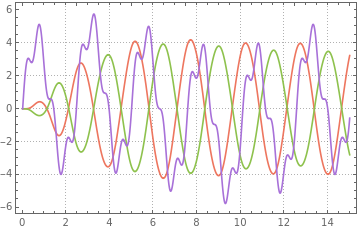
You are using a browser not supported by the Wolfram Cloud
Supported browsers include recent versions of Chrome, Edge, Firefox and Safari.
I understand and wish to continue anyway »
Butterworth filter |
| |
Chebyshev1 filter |
|
 |
|
 |
|
 |
|
x. 1 | x. 2 |
x. 2 | x. 3 |
x. 3 | x. 4 |
x. 4 | x. 5 |
x. 5 | x. 6 |
x. 6 | x. 7 |
x. 7 | x. 8 |
x. 8 | u. 1 x. 1 x. 2 x. 3 x. 4 x. 5 x. 6 x. 7 x. 8 |
x. 9 | x. 10 |
x. 10 | x. 11 |
x. 11 | x. 12 |
x. 12 | x. 13 |
x. 13 | x. 14 |
x. 14 | u. 1 x. 9 x. 10 x. 11 x. 12 x. 13 x. 14 |
0.000574178 u. 1 x. 1 x. 2 x. 3 x. 4 x. 5 x. 6 x. 7 x. 8 | |
-0.00131301 u. 1 x. 9 x. 10 x. 11 x. 12 x. 13 x. 14 |
 |
|
|

You are using a browser not supported by the Wolfram Cloud
Supported browsers include recent versions of Chrome, Edge, Firefox and Safari.
I understand and wish to continue anyway »